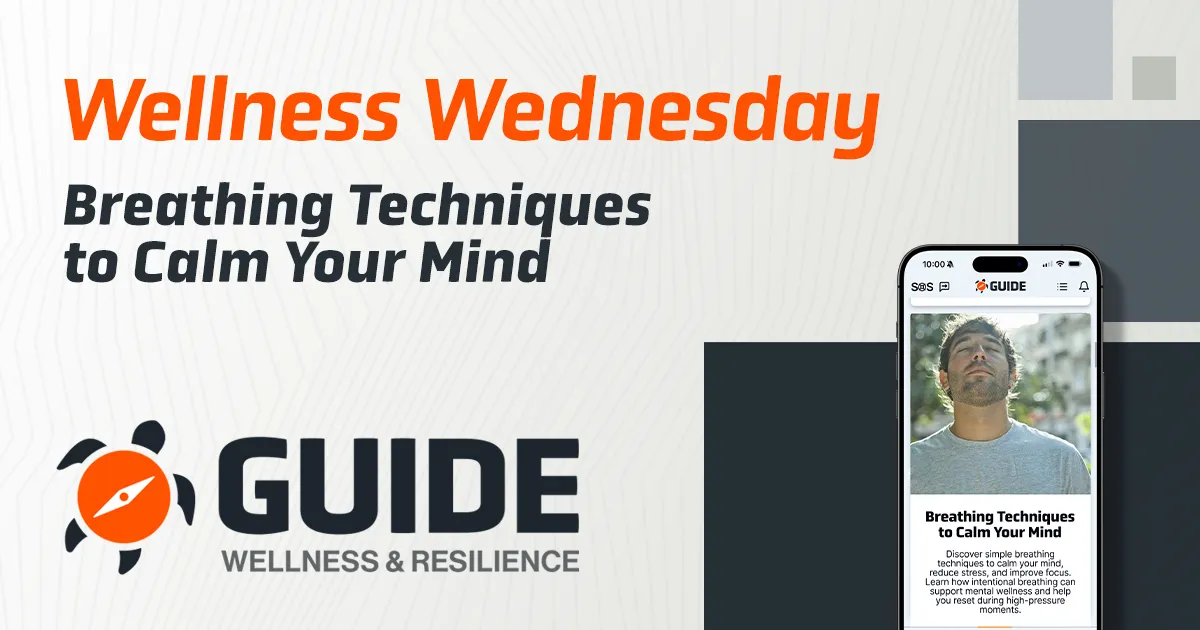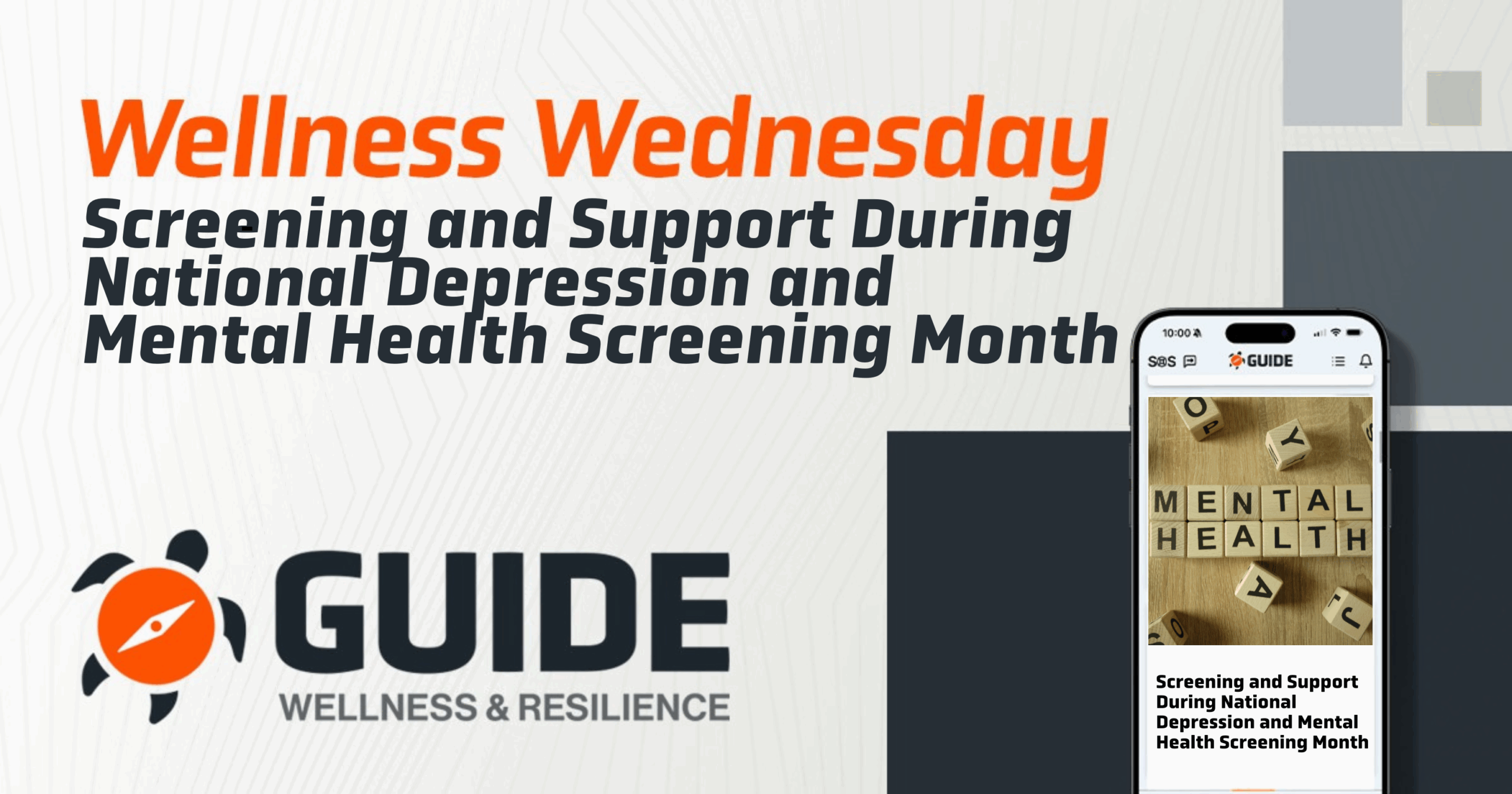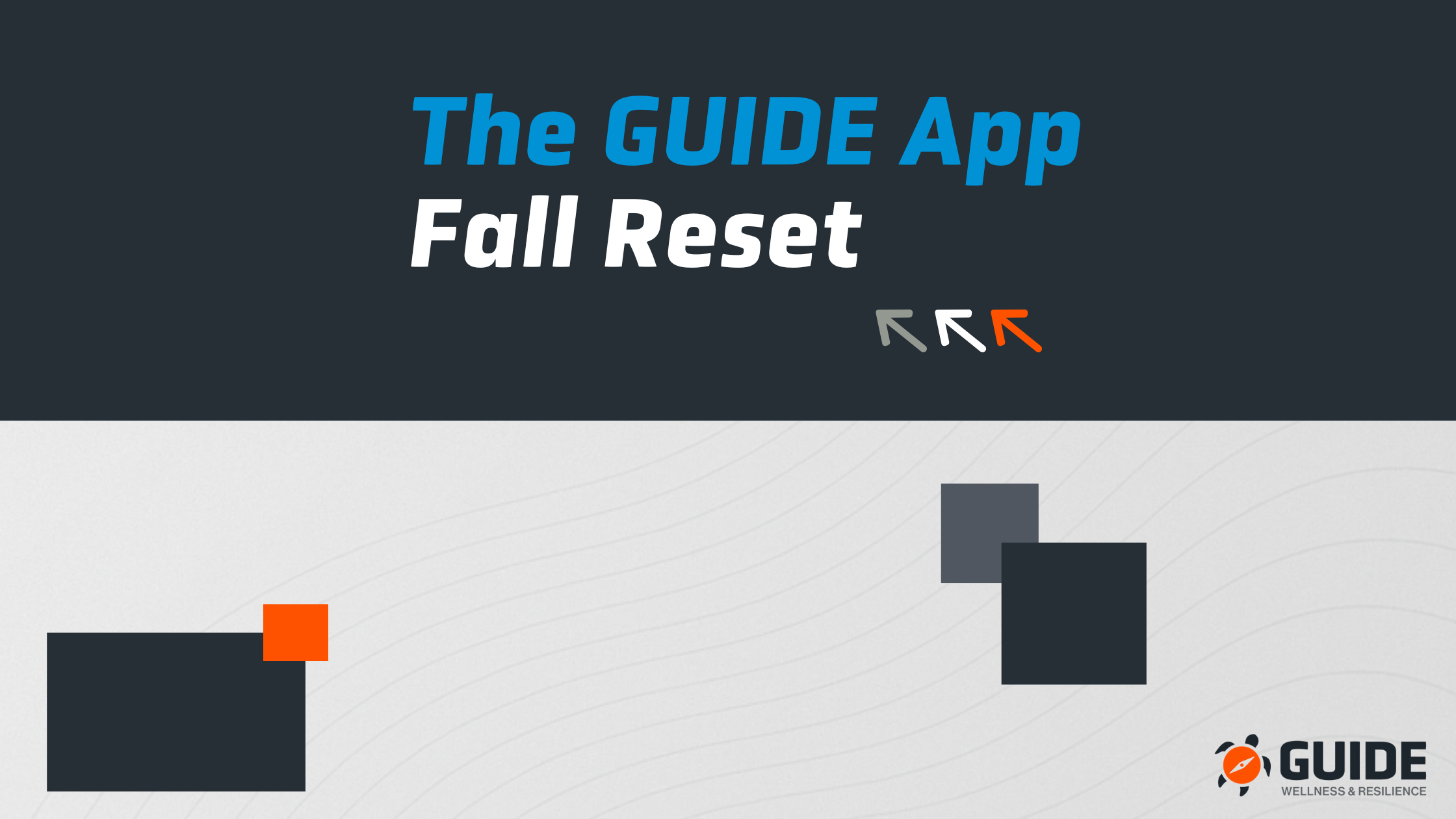Let’s face it—stress comes at us fast. Whether you’re handling emergencies, juggling long shifts, or managing the pressure of everyday life, it’s easy to feel overwhelmed. But what if we told you that one of the most powerful tools to calm your mind is something you’re already doing—breathing?
Yes, breathing. We do it without thinking, but when done with intention, it can quickly reduce stress, lower anxiety, and help you reset. In fact, deep breathing is one of the simplest and most effective ways to support your mental health—anytime, anywhere.
In this week’s Wellness Wednesday, we’re diving into practical breathing techniques that you can use to calm your mind, sharpen your focus, and build resilience—especially during stressful or high-pressure moments.
Why Breathing Matters for Mental Health
When you’re stressed, your breathing naturally becomes shallow and fast. This tells your brain that something is wrong, triggering the fight-or-flight response. Your heart rate goes up, your muscles tense, and your mind races.
Intentional breathing flips that switch. It activates the parasympathetic nervous system, also known as the “rest and digest” system. This slows your heart rate, relaxes your muscles, and sends your body a message: You’re safe. You’ve got this.
Here’s what deep breathing can do for you:
- Reduce stress and anxiety
- Lower blood pressure and heart rate
- Improve mental clarity and focus
- Help with better sleep
- Strengthen emotional control
It’s like hitting the reset button for your body and mind.
Breathing Techniques to Calm Your Mind
Below are several easy breathing techniques you can try. You don’t need any special tools—just a few minutes and a quiet space if possible.
1. Box Breathing (4-4-4-4)
Also known as tactical breathing, box breathing is a favorite among first responders, athletes, and military professionals because it’s simple and effective.
How to do it:
- Inhale through your nose for 4 seconds
- Hold your breath for 4 seconds
- Exhale slowly through your mouth for 4 seconds
- Hold again for 4 seconds
Repeat this pattern for 1–2 minutes.
When to use it:
- Before a big meeting or call
- When feeling overwhelmed
- After a stressful situation
2. 4-7-8 Breathing
This method calms your nervous system and helps prepare your body for sleep or deep relaxation.
How to do it:
- Inhale through your nose for 4 seconds
- Hold your breath for 7 seconds
- Exhale slowly through your mouth for 8 seconds
Repeat for 4–6 cycles.
When to use it:
- Before bed
- During anxiety or panic
- To reset after a tough shift
3. Diaphragmatic (Belly) Breathing
This technique helps you slow your breathing and take in more oxygen. Instead of breathing from your chest, you breathe from your belly.
How to do it:
- Sit or lie down and place one hand on your chest and one on your belly
- Breathe in slowly through your nose, letting your belly rise (not your chest)
- Exhale gently through your mouth, letting your belly fall
- Repeat slowly for 5–10 minutes
When to use it:
- Daily stress relief
- As part of a mindfulness or meditation routine
- To calm nerves before a tough situation
4. Equal Breathing (Sama Vritti)
This yoga-based technique balances your breath to bring peace and clarity.
How to do it:
- Inhale through your nose for a count of 4
- Exhale through your nose for a count of 4
- Keep your breathing even and steady
You can adjust the count (like 5 or 6) if it feels more natural.
When to use it:
- During transitions (start or end of shift)
- To reset between tasks
- While practicing mindfulness
5. Double Inhale, Long Exhale
This one’s quick and powerful—perfect for on-the-spot stress relief.
How to do it:
- Take a short inhale through your nose
- Immediately take another quick inhale
- Then, slowly exhale fully through your mouth
Do 3–5 rounds and feel the shift.
When to use it:
- In the middle of chaos
- When you need to calm down fast
- Before stepping into a high-stress environment
When and Where to Use These Techniques
The best part about breathing techniques? You can use them anywhere. No one even has to know you’re doing them. Here are some ideas for when to try them:
- Before a high-pressure situation (e.g. responding to a call or entering a meeting)
- During a stressful moment (e.g. sitting in traffic or waiting on results)
- After a tough experience (e.g. processing a difficult scene or conversation)
- As part of your daily routine (e.g. after waking up, during lunch break, or before bed)
You don’t need 30 minutes to feel better—just 2–3 minutes of intentional breathing can change your entire mindset.
How to Make Breathing a Daily Habit
Like any wellness habit, breathing gets easier with practice. Here are some tips to help make it part of your routine:
✅ Set a Reminder
Use your phone to remind you to pause and breathe once or twice a day.
✅ Pair It with Another Habit
Breathe deeply while brushing your teeth, waiting in line, or drinking coffee.
✅ Use a Breathing App or Video
There are free apps and YouTube videos that guide you through different breathing techniques.
✅ Practice Before Sleep
Even 5 minutes of focused breathing before bed can improve your sleep and help you unwind.
Breathing is one of the few things you can fully control in any moment, no matter how stressful the situation. It’s free. It’s easy. And it works.
By practicing breathing techniques regularly, you give yourself a powerful tool to stay calm, focused, and emotionally balanced—especially when life gets intense.
So take a deep breath right now. Inhale slowly. Exhale gently. You’ve just taken the first step toward a calmer mind.




